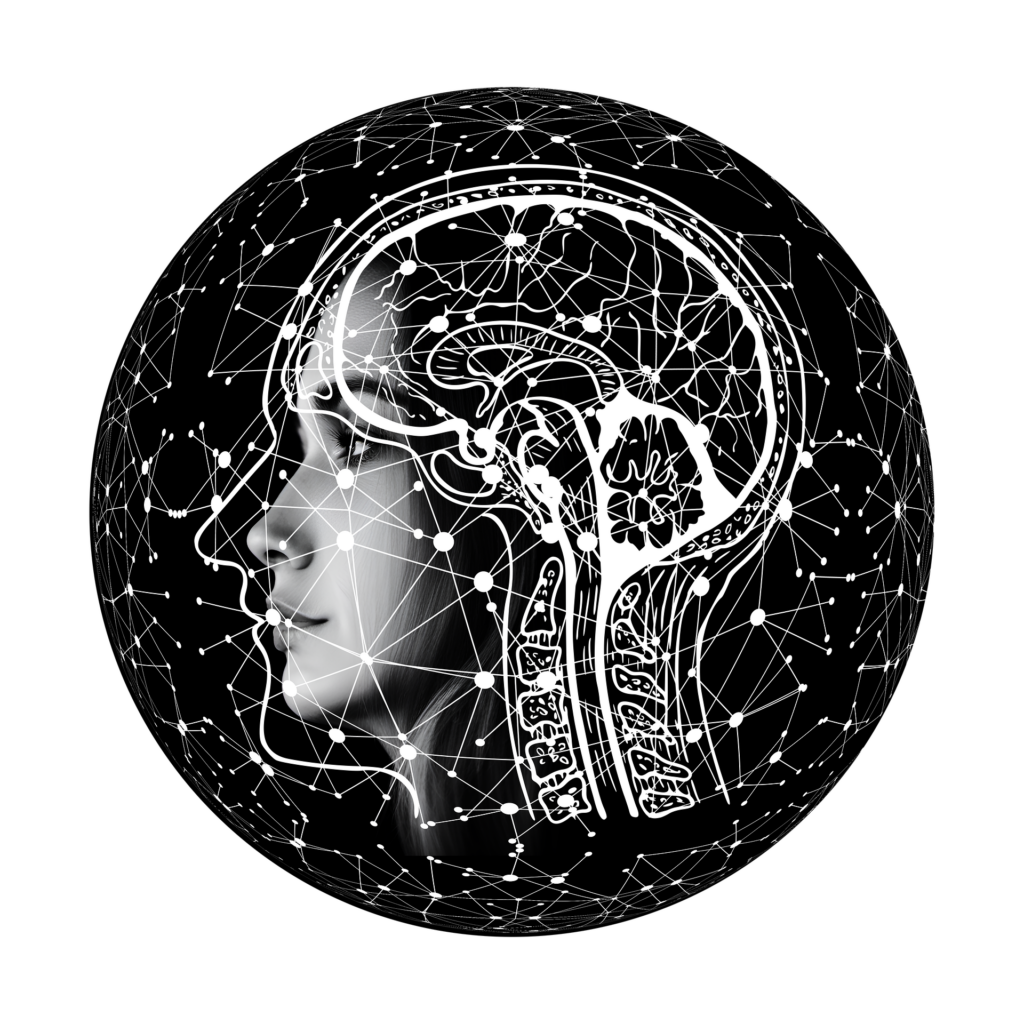Key differences between two giants – Google AI Bard and Microsoft Copilot
Google AI Bard generates poetry, trained on diverse written work, while Microsoft Copilot aids in coding scripts, trained on public code repositories, showing versatile AI applications.
October 7, 2023
I received a couple of messages regarding Microsoft Copilot after I posted a small article about it. Interestingly enough I was asked to point out differences between Copilot and Bard and the two people asking mentioned that they could not find a comparison chart for the two products. I really doubt that there will ever be such a comparison chart as they are very, very different AI powered tools. I will try to get a crack at it using all the publicly available data in Google, Microsoft and Wikipedia.
Google AI Bard and Microsoft Copilot present two distinct advancements in artificial intelligence for two very different applications. Below are the key differences between these two innovative AI systems.

1. Purpose and Use
The primary difference between Google AI Bard and Microsoft Copilot lies in their intended use. Google’s AI Bard is designed to generate poetry or prose in a variety of styles and themes, making it a creative tool that human users can either enjoy or draw inspiration from. Its purpose is primarily artistic and expressive.
On the other hand, Microsoft Copilot is a programming tool, designed to aid coders in writing scripts. Its function is to predict what code a developer aims to write, and then provide suggestions. Thus, the purpose of Copilot leans more towards practicality and efficiency in a technical field.
2. Training and Functionality
Another key difference is how these models were trained and how they function. Google’s AI Bard uses models like Transformer and RNN to generate text, and it broadens the AI’s learning of structures and patterns by loading it with a diverse array of written works from across the globe.
Microsoft Copilot, on the other hand, leverages the Codex model from OpenAI, which has been trained on public code repositories. The tool can draw from this vast base of knowledge to understand different coding languages, styles, and even infer user intent, which can dramatically streamline and enhance the coding process.
3. Output
The output of both AI models is also significantly different. Google’s AI Bard produces artistic creations such as poems or prose. Microsoft’s Copilot, designed as a technical assistant, produces code or code suggestions, fostering efficiency and enhancing programming insights and productivity.
So, while both the Google AI Bard and Microsoft Copilot provide impressive showcases of AI technology, their purposes, training, functionality, and outputs differ significantly. They excellently illustrate how AI and machine learning can be utilized across various fields, from the artistic and creative to the technical and programming domains.
#MicrosoftCopilot #GoogleAIBard #ArtificialIntelligence #AItools #AITechnology #AItraining #AIoutput #MachineLearning #CodingAid #ProgrammingTools #CreativeAI #CompareAI #TechComparison #AIadvancements #AIapplication
